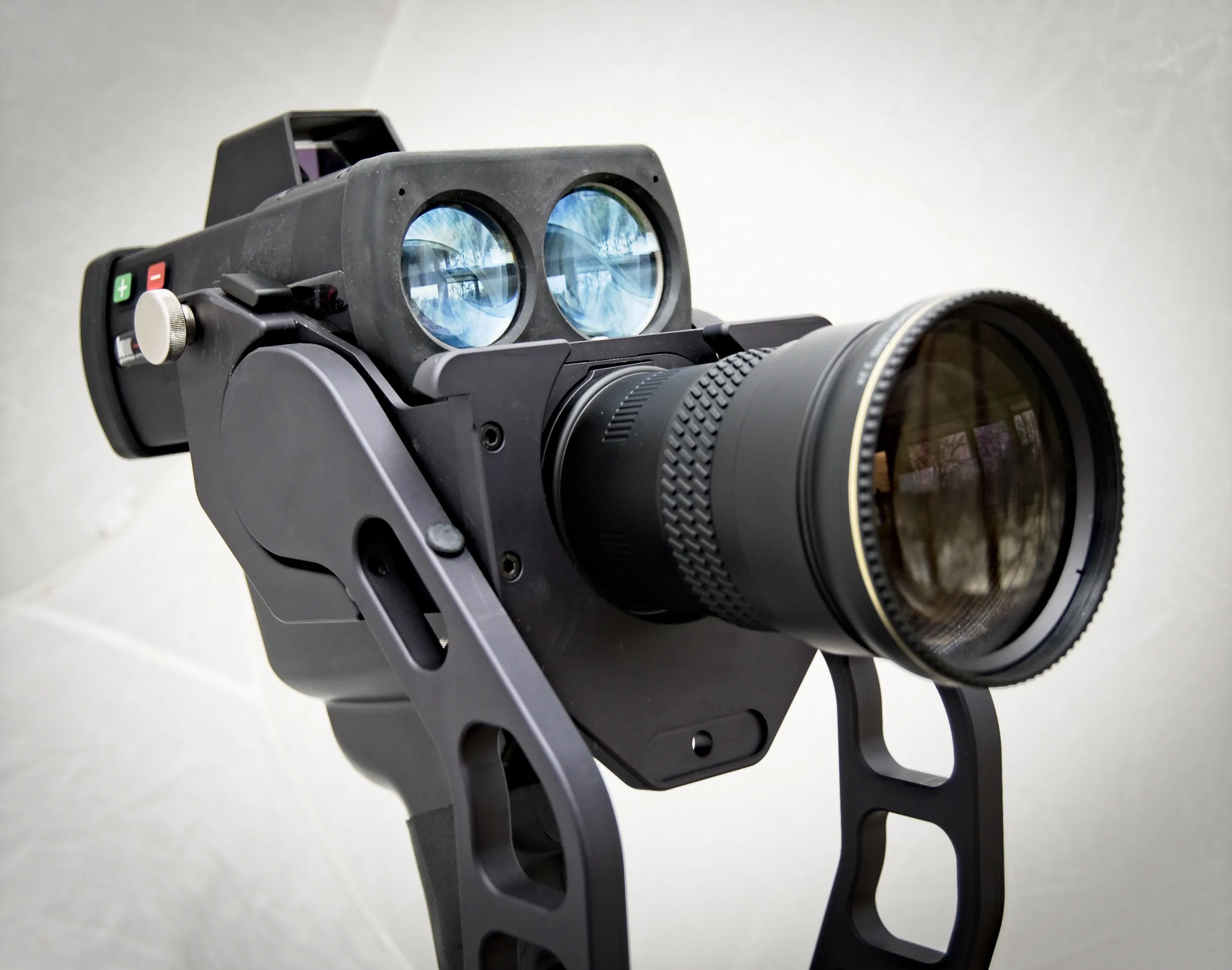Point Grey has announced the addition of new 3.2 and 5 MP CMOS models to its Grasshopper3 USB3 Vision camera line. The latest Grasshopper3 models feature Sony’s second generation Pregius global shutter CMOS sensors. The IMX250 and IMX252 sensors have smaller pixels (3.45µm) and lower temporal dark noise.
January 7, 2016
Read time: 1 min
The latest Grasshopper3 models feature
The GS3-U3-32S4M-C uses Sony’s monochrome 1/1.8” IMX252 global shutter CMOS sensor with 2048 x 1536 resolution and runs at 121 FPS while the 51S5M-C model uses the 2/3” monochrome Sony IMX250 global shutter CMOS sensor with 2448 x 2048 resolution and runs at 75 FPS. Colour models are expected shortly.









